Are you planning on changing the oil in your vehicle but unsure how long to let the engine cool before getting started? Or perhaps you’ve heard conflicting advice on the matter and want to make sure you’re doing it right? Either way, you’re in the right place!
After a long drive, allow your engine to cool for about 20 to 30 minutes before topping up the oil. This time ensures that all of the hot oil running through the system drains back into its sump, providing you with an accurate dipstick reading and avoiding potential burns!
In this article, we’ll delve into the details of how long to let your engine cool before changing the oil and explore some of the factors that can affect this process. By the end, you’ll better understand how to properly care for your vehicle’s engine and ensure it’s running smoothly for years to come. So, let’s get started!
Do I Need to Let the Engine Cool Down Before Changing the Oil?
Let your engine cool down before you start oil changing process to minimize the mess and make oil-changing go more smoothly. However, be sure not to let it cool completely or attempt to replace the oil when it is still too hot – this precautionary step will ensure a successful and spill-free operation!
After driving your car, open the hood and wait for a few minutes until the temperature of the engine reduces. The warmth will still enable easy draining from its source when you are ready to change out the old oil with new fluid.
How Long Should I Wait Before Re-Oiling a Freshly Used Engine?
After switching off the engine, it is highly recommended that you wait 15-20 minutes for optimal safety before attempting to check, top up or change the oil. This helps make your oil last longer, avoid oxidation, and allows time for the motor to cool down – making maintenance a much easier task! It’s much simpler to change the oil without getting too messy if done once it cooled down.
Additionally, it can be helpful to let the engine rest for a minimum of 30 minutes after a long drive to allow any excess oil or contaminants that may have been circulated during operation to settle and drain out of the engine.
Why Is It Necessary to Allow Your Engine to Cool Down Before Changing the Oil?
Don’t worry about the engine’s condition; you can add oil immediately to a hot engine, yet waiting for the engine’s temperature to drop before pouring oil is essential when changing your car’s oil completely. This is critical and shouldn’t be taken lightly due to a multitude of reasons discussed below!
Enhanced Accuracy for Dipstick Reading
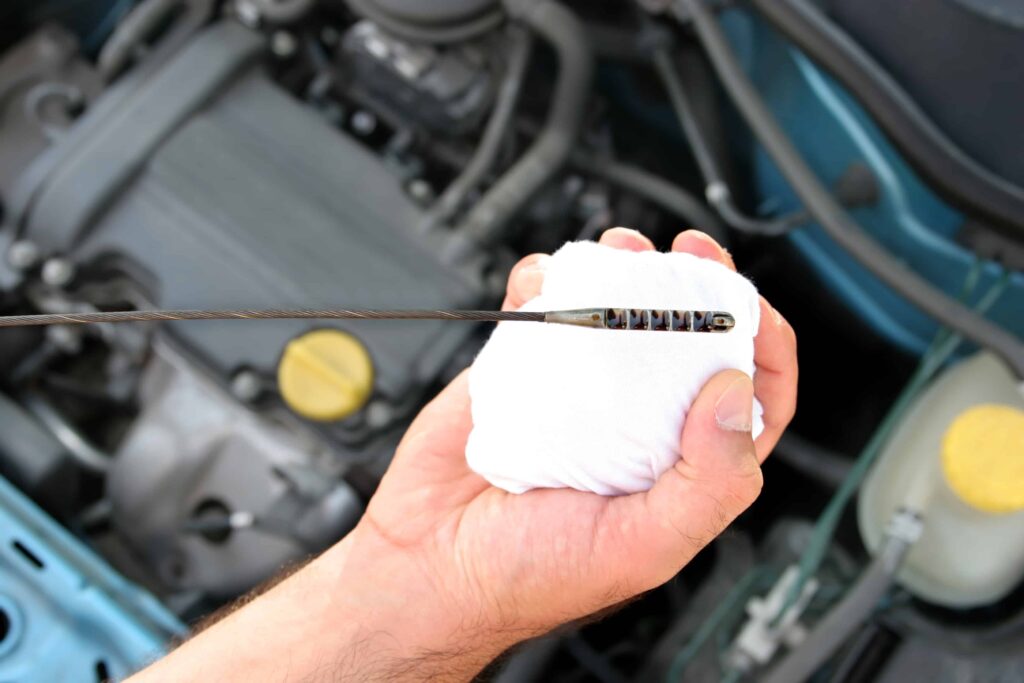
Assessing the oil level with a dipstick is not always easy to do if the engine is running hot. Oils become more volatile at higher temperatures, causing them to move through the engine much quicker, leading to an inaccurate reading until it cools down and settles back into its tank.
Reduces the Risk of Burns
For a comfortable and secure oil change process, make sure to cool down the engine before draining it. Not only will this lessen your chances of burns from hot oil, but working with a cool engine is much simpler than handling one that’s too hot.
It’s important to remember that even when the engine is no longer flaming hot, other components may still be heated and could cause serious burns if touched. To play it safe, wait until the entire engine has cooled down before touching any part of it.
Is It Better to Put the Oil in the Hot or Cold Engine?
If you’re pondering whether it’s better to change your car oil when hot or cold, the ideal advice is to keep it in between. If you let your engine cool off completely before draining, not all of its oil will be released, and it may take longer.
Many automotive professionals urge that changing -or adding- motor oil while the engine is slightly warm has great benefits, such as
- Oil viscosity becomes thinner and drains faster than it does at a cold temperature.
- Pollutants will be more likely to escape from the motor upon draining if it is heated up.
- Warm temperatures enable ample and smooth flowing of new oil into the system.
Is There Any Danger in Adding Oil to an Extremely Hot Engine?
As mentioned before, adding oil to a warm engine won’t hurt your car; however, it’s best not to let the temperature get too extreme in either direction. Adding oil when the engine is overly heated can cause some following considerable issues.
Risk of Overflowing or Underfilling the Oil
The engine’s heat can cause the oil to thin out and expand, creating difficulty in accurately measuring its quantity. Trying to check the amount of hot oil within an engine is not recommended as you may end up either adding too much or too little, thus leading to overflows or underfilling.
Risk of Smoke or Fire
Caution should always be taken when adding oil to an exceedingly hot engine. If not handled properly, you may observe smoke escaping from the oil cap or even fire on your hands! A spill could genuinely spark flames, and the engine’s extreme heat can cause serious burns if the skin is exposed.
Hot dripping oil from the dipstick can also scald quickly, so extra care must be observed when replenishing motor oil in these instances. Don’t take the chance of scalding your hands – steer clear from pouring oil into an extremely heated engine!
Does Re-Oiling a Hot Engine with Cold Oil Increase the Risk of Cracking?
Adding oil to an already hot engine can be a daunting prospect for new drivers. Many fear that the cold oil might cause irreparable damage if it comes into contact with the warm engine due to drastic temperature changes – much like how glass shatters in boiling water.
Contrary to popular belief, adding cold oil to a hot engine is not dangerous. Unlike glass, which can shatter under heat or pressure, the metal components of an engine have some degree of flexibility and elasticity. Therefore, you don’t need to be concerned about damaging your car if you fill its engine with oil when it is running hot after a long drive.
Is It Time to Add Oil or Change It?
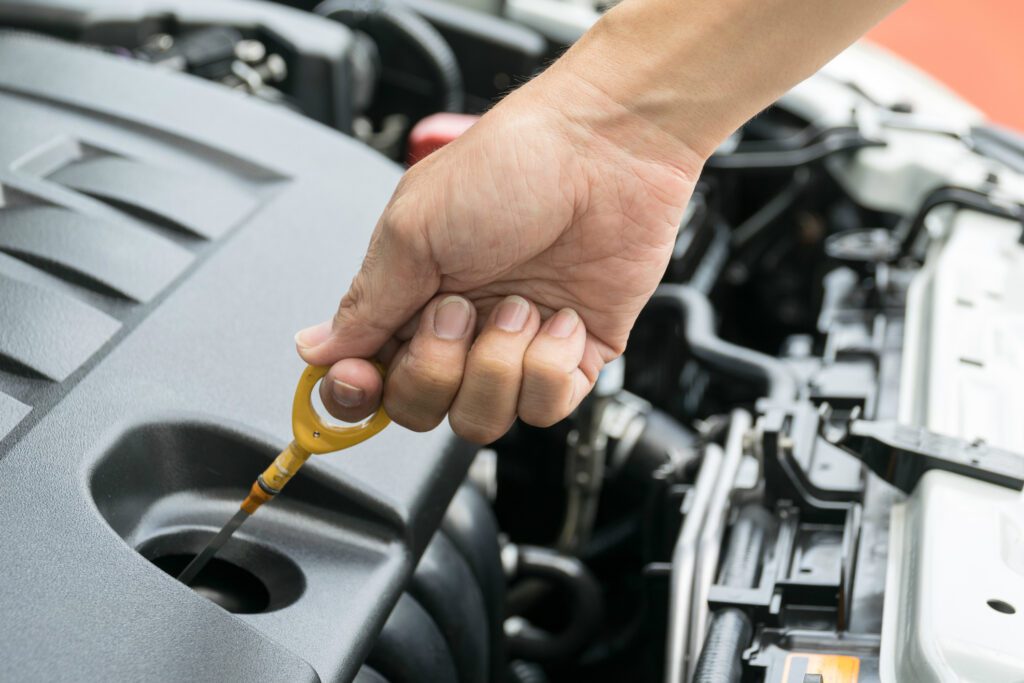
To get the most out of your car, you must regularly change its oil. Over time, dirty and sooted oil will begin to accumulate in the engine, which can lead to it no longer functioning properly. That’s why if you want true satisfaction from your vehicle over a long period of time, then make sure that its oil levels meet or exceed the requirements set by its manufacturer!
When Is It Time to Top-Off Your Oil?
It is imperative for your car engine to reach its optimal performance that the oil level stays within range. If you observe that it has gone below the minimum, add a few drops of fresh oil so it can get back up to full capacity. Furthermore, verify and monitor levels regularly in order to ward off any further discrepancies from occurring.
When Is It Time to Get an Oil Change?
Keep your vehicle in pristine condition with a timely oil change! Most modern cars are designed to make use of oil more efficiently, so they can go up to 7,000 miles before requiring any changes.
To help you keep track of this timeline, most vehicles come pre-installed with an indicator on the dashboard that alerts you when it’s time for a switch. Refer to the manual specific to your car model or make for additional information and guidance.
What Are Some Basic Guidelines to Follow While Changing the Oil?
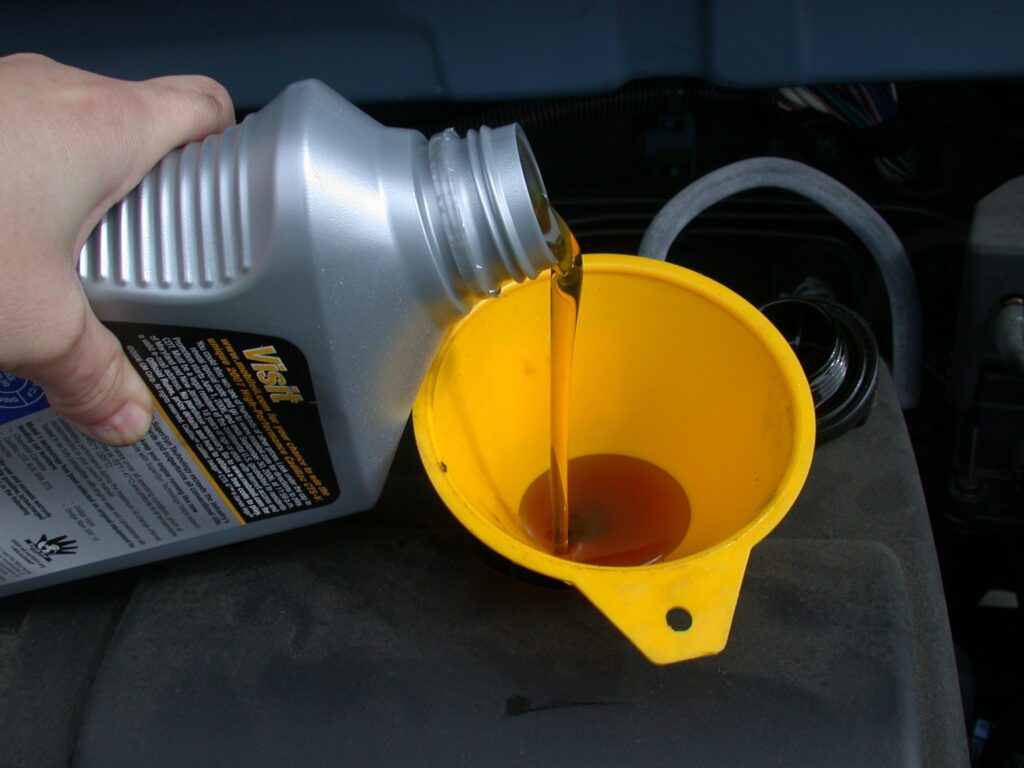
Even though changing your car’s oil may seem straightforward, it should be taken with the utmost care to avoid putting yourself in harm’s way and wasting valuable time. So if you want to get this job done quickly, safely, and effectively – here are some helpful tips for replacing your vehicle’s oil!
- To avert possible injuries, never change the oil when your engine is too hot. If you were to drive your car recently, let it cool for about 20-30 minutes before draining or adding oil.
- When the engine is cold, let it on for 2 – 3 minutes to ensure that it warms up sufficiently.
- To protect yourself from the inevitable messes, make sure to put on rubber gloves and have some towels nearby for quick clean-up.
- To prevent a messy workspace, carefully and securely drain the used oil into a designated pan.
- To avoid any potential leaking of oil on the ground, be sure to apply a thin layer of oil on your filter before installation.
- Always use the oil that your vehicle’s manufacturer specifically recommends.
- Utilize a funnel to reduce any potential spillage when pouring new oil, and remember to be deliberate with the pour speed in order to prevent the funnel from overflowing.
- Avoid overfilling your engine!
- Once the oil is changed, remember to securely fasten the drain plug back in and make sure that it’s tightened properly at 25 lbs.
Conclusion
Taking care of your car’s oil is essential to its longstanding operation and performance. Understanding the right process for how long you should let the engine cool before changing the oil will help you prevent any issues in the future days. Generally speaking, it’s best practice to wait at least 30 minutes after turning off your vehicle before draining the old motor oil from the engine.
If you ever have any questions about other aspects of your maintenance routine, be sure to consult a professional with experience in automotive repair! With these tips in mind, you should now feel confident that you know exactly how long to let the engine cool before changing the oil.

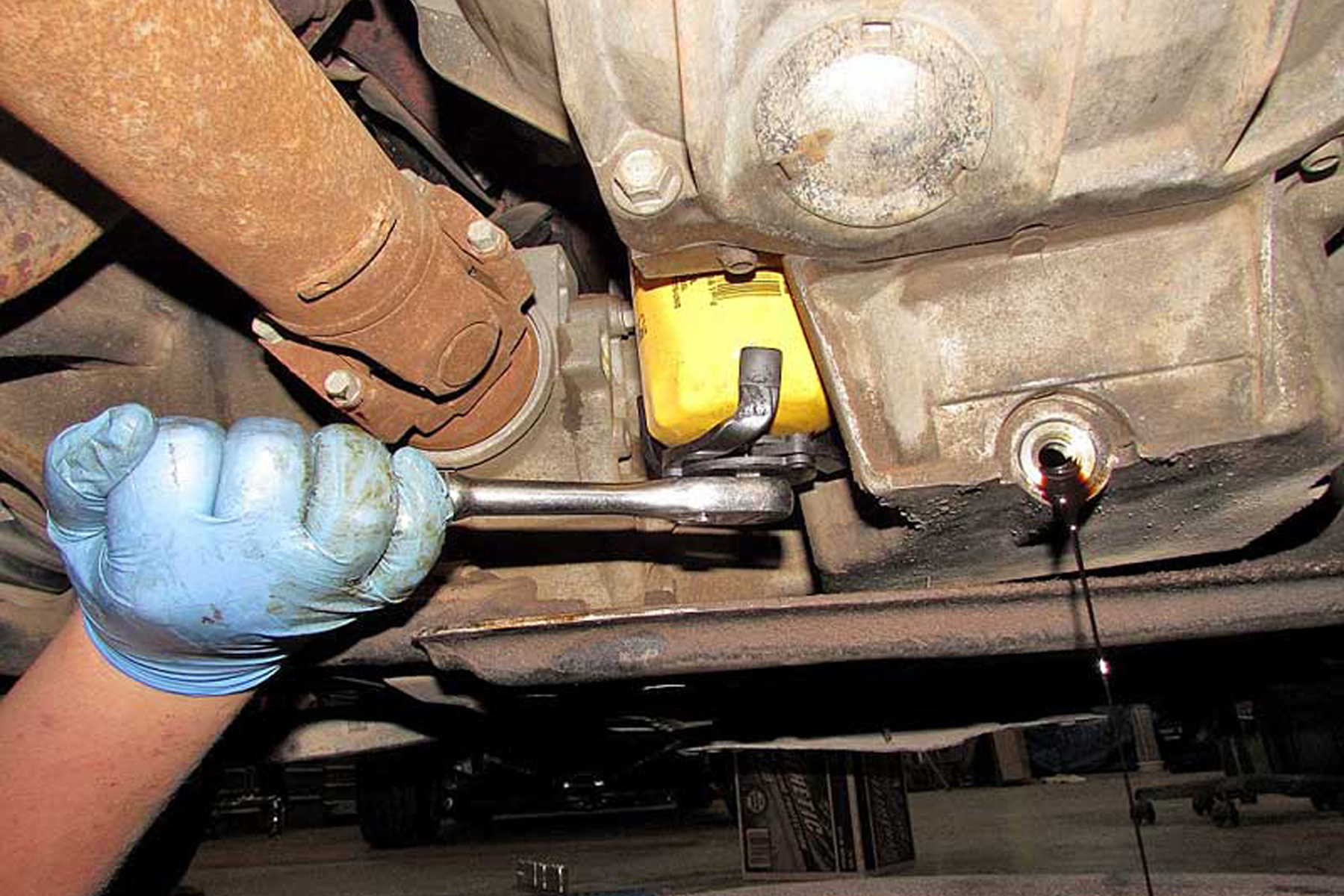

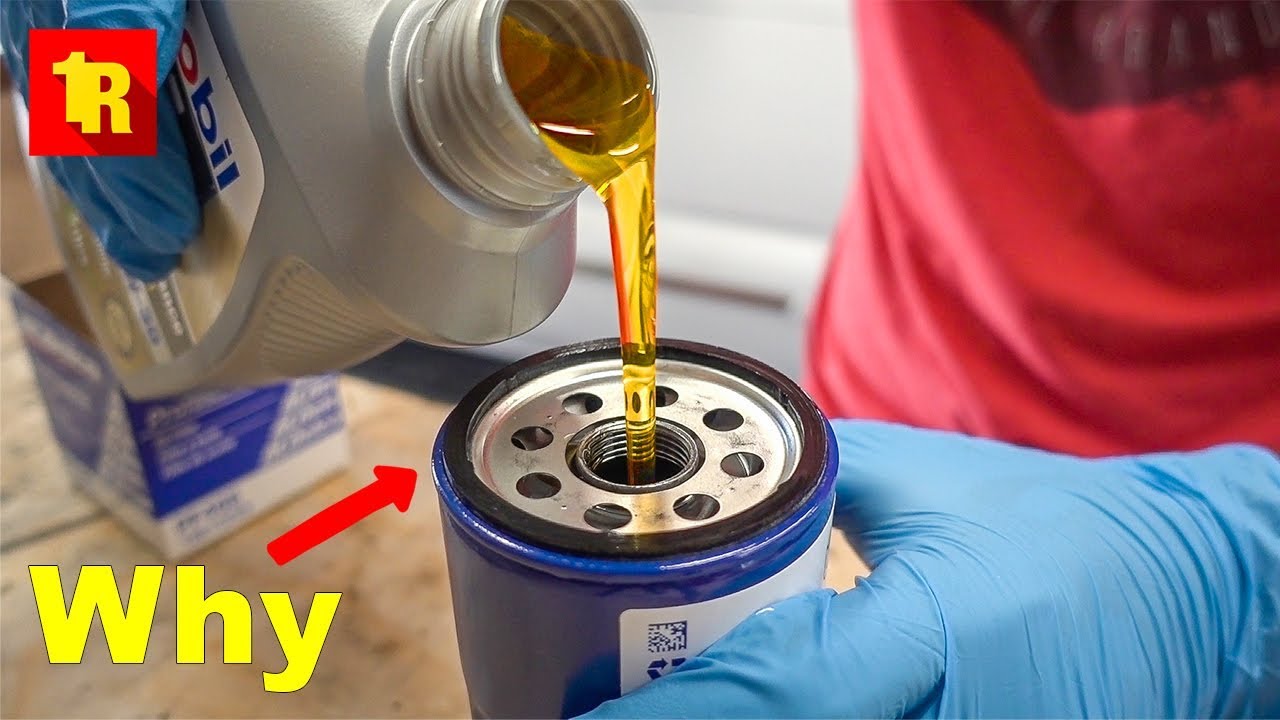
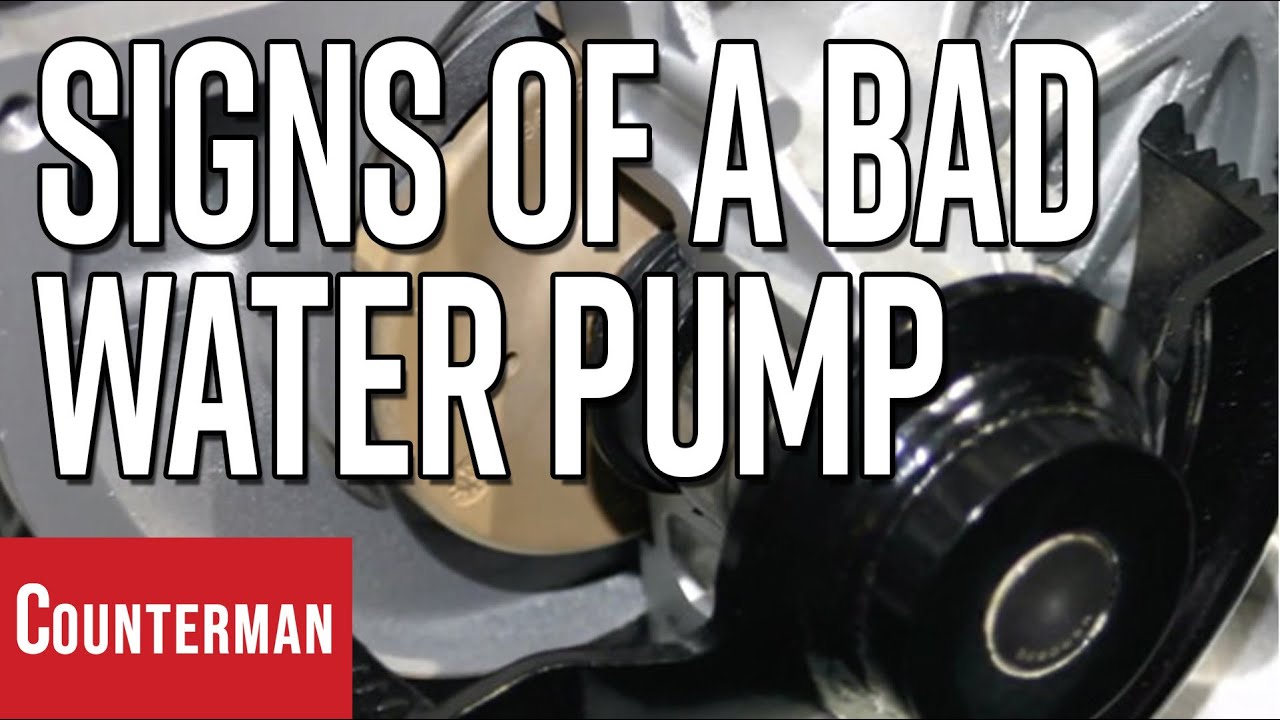
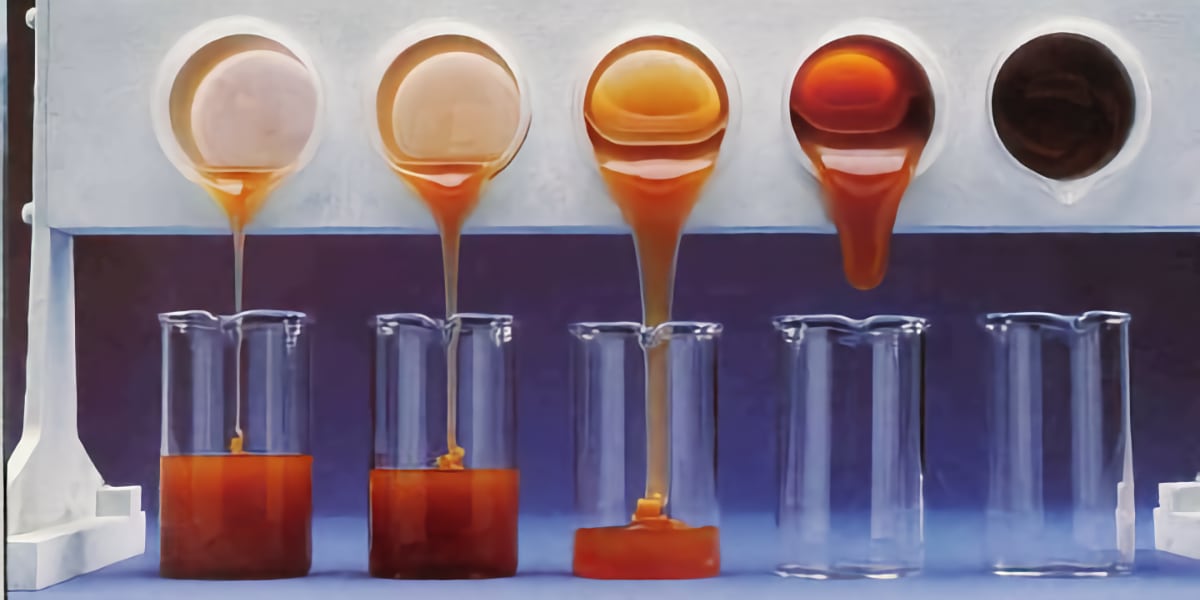
How durable is a 1hdft engine,how long can it last if properly maintained?